| Usage |
Usage
Tiotropium is administered using a specialized inhaler designed for dry powder capsules. Typically, it is inhaled once daily, either in the morning or evening, at the same time each day. Patients should follow their prescription label instructions closely and use tiotropium precisely as directed by their healthcare provider. The capsules should not be swallowed and must be inhaled using the provided inhaler; attempting to inhale them with any other inhaler is not recommended.
Tiotropium should not be used for sudden episodes of wheezing or breathlessness, as a different medication is usually prescribed for such emergencies. It's important to note that tiotropium manages COPD but does not cure it, and it may take a few weeks before the full benefits are realized. Patients are advised to continue using tiotropium even if they feel well and should not discontinue the medication without consulting their doctor.
During inhalation, it is essential to avoid getting tiotropium powder in the eyes, as it may cause blurred vision and light sensitivity. Patients should seek medical attention if this occurs.
To use the inhaler effectively, follow these steps:
1. Identify the inhaler's components, such as the dust cap, mouthpiece, base, piercing button, and center chamber, using the diagram provided in the patient information.
2. Open one blister card of tiotropium capsules along the perforation, leaving the other strip with sealed capsules for future use.
3. Peel back the foil on the blister strip containing one capsule until the STOP line is reached, fully exposing one capsule.
4. Lift the dust cap of the inhaler to open it.
5. Open the mouthpiece and place the tiotropium capsule from the package into the center chamber of the inhaler.
6. Close the mouthpiece firmly until it clicks, leaving the dust cap open.
7. Hold the inhaler with the mouthpiece on top. Press the green piercing button once and release it.
8. Breathe out entirely without placing any part of the inhaler near your mouth.
9. Position the inhaler at your mouth and seal your lips tightly around the mouthpiece.
10. Keep your head upright and inhale slowly and deeply, ensuring the capsule vibrates as you breathe in. Continue inhaling until your lungs are filled.
11. Hold your breath for as long as comfortably possible, then remove the inhaler from your mouth.
12. Breathe naturally for a brief period.
13. Repeat steps 8-11 if there is still medication in the inhaler.
14. Open the mouthpiece, and tilt the inhaler to discard the used capsule safely out of reach of children and pets. Some residue may remain in the capsule, which is normal and does not affect the dose.
15. Close the mouthpiece and dust cap and store the inhaler in a secure location.
|
| Side Effects |
Side Effects
Tiotropium may lead to various side effects. It's important to inform your doctor if any of the following symptoms become severe or persist:
1. Dry mouth
2. Constipation
3. Stomach pain
4. Vomiting
5. Indigestion
6. Muscle pain
7. Nosebleeds
8. Runny nose
9. Sneezing
10. Painful white patches in the mouth
While uncommon, some side effects require immediate medical attention. Reach out to your doctor immediately if you encounter any of the following:
1. Hives
2. Skin rash
3. Itching
4. Difficulty breathing or swallowing
5. If you experience swelling of the face, throat, tongue, lips, eyes, hands, feet, ankles, or lower legs, seek immediate medical attention.
6. Hoarseness
7. Chest pain
8. Sore throat, fever, chills, or other signs of infection
9. Headaches or other symptoms indicative of a sinus infection
10. Painful or difficult urination
11. Rapid heartbeat
12. Eye pain
13. Blurred vision
14. Seeing halos around lights or colored images
15. Red eyes
Tiotropium may also produce other side effects not listed here. If you encounter any unusual problems while using this medication, consult your doctor for guidance.
|
| Storage |
Storage
Keep this medication in its original container, securely closed, and out of the reach of children. Store it at room temperature, away from excessive heat and moisture (avoid storing it in the bathroom). Only open the blister package of a capsule right before use; if you accidentally open one that can't be used immediately, discard it. Never store capsules inside the inhaler. To dispose of any unused medication, ensure it's done in a way that prevents accidental consumption by pets, children, or others. Do not flush this medication down the toilet; instead, utilize a medicine take-back program. Contact your pharmacist or local garbage/recycling department to inquire about available programs in your area. Keep all medications hidden and out of children's reach, as many containers, like weekly pill organizers and those for eye drops, creams, patches, and inhalers, may not be child-resistant and could be easily opened. To safeguard young children from accidental ingestion, consistently use safety caps and promptly store the medication in a secure location, ideally out of sight and reach.
|
| Precaution |
Precautions
Prior to using tiotropium, make sure to:
1. Inform your doctor and pharmacist if you have allergies to tiotropium, atropine (Atropen, Sal-Tropine, Ocu-Tropine), ipratropium (Atrovent), or any other medications.
2. Provide a complete list of prescription and nonprescription drugs, vitamins, dietary supplements, and herbal products you are currently taking. Specifically, mention medications like amiodarone (Cordarone), antihistamines, atropine (Atropen, Sal-Tropine, Ocu-Tropine), cisapride (Propulsid), disopyramide (Norpace), dofetilide (Tikosyn), erythromycin (E.E.S, E-Mycin, Erythrocin), eye drops, ipratropium (Atrovent), drugs for irritable bowel disease, motion sickness, Parkinson's disease, ulcers, or urinary problems, moxifloxacin (Avelox), pimozide (Orap), procainamide (Procanbid, Pronestyl), quinidine (Quinidex), sotalol (Betapace), sparfloxacin (Zagam), and thioridazine (Mellaril). Your doctor may need to adjust your medication doses or closely monitor you for potential side effects.
3. Disclose if you have a history of glaucoma (a vision-threatening eye condition), urinary problems, irregular heartbeats, or conditions related to the prostate (a male reproductive organ) or kidney disease.
4. Notify your doctor if you are pregnant, planning to become pregnant, or currently breastfeeding. If you become pregnant while on tiotropium, promptly contact your doctor.
5. If you are scheduled for surgery, including dental procedures, inform the attending doctor or dentist about your use of tiotropium.
|



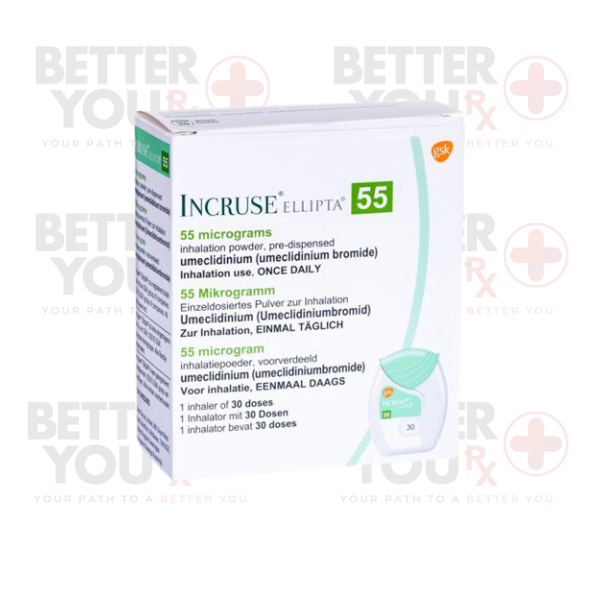

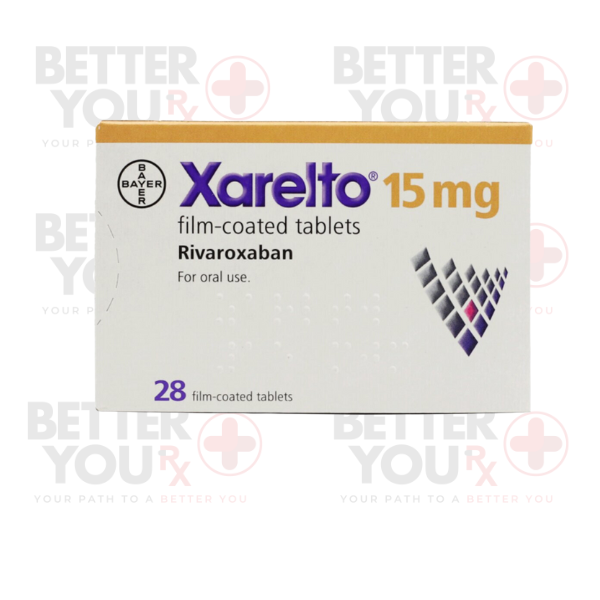

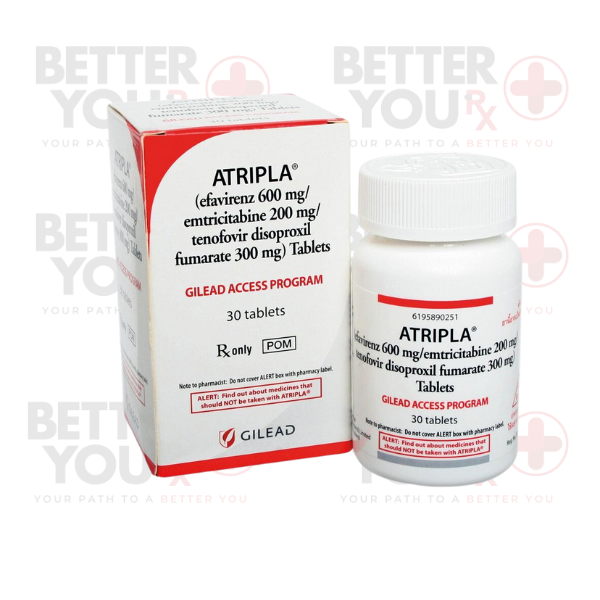
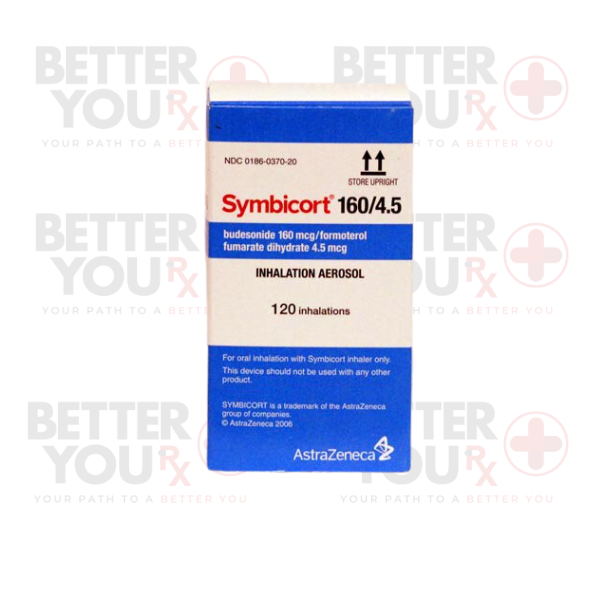
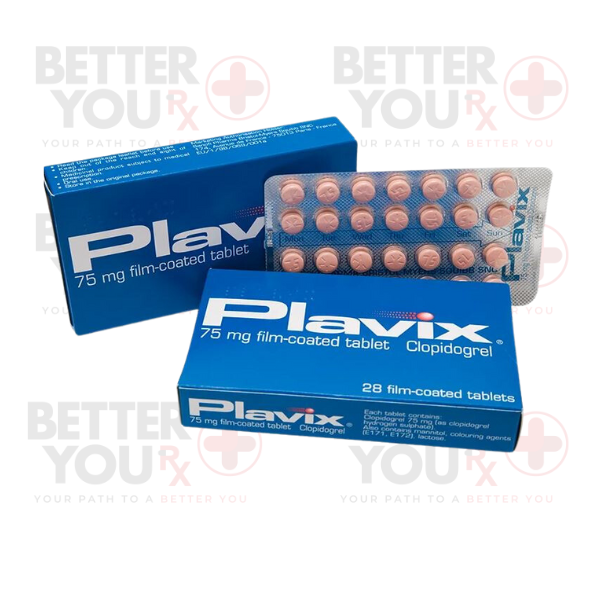
Reviews
There are no reviews yet.